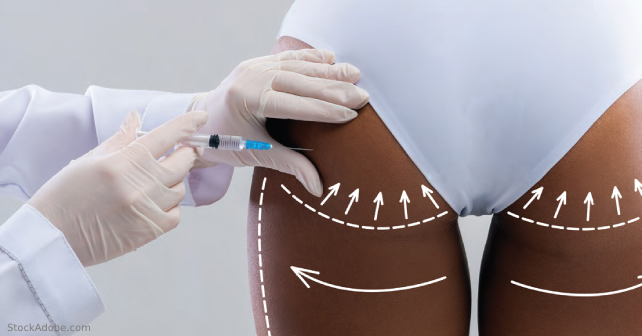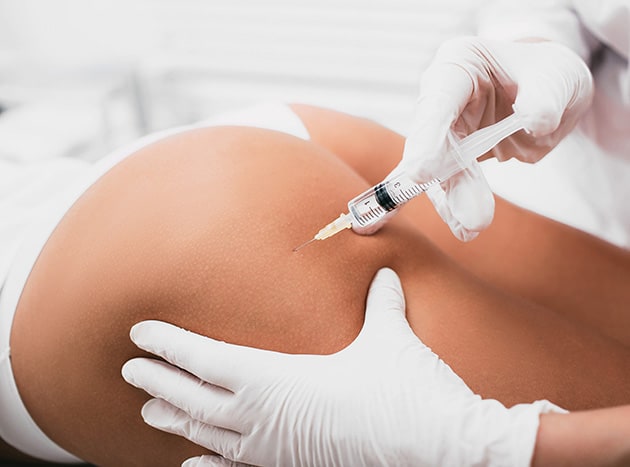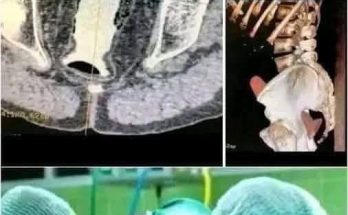The Brazilian Butt Lift: A Comprehensive Guide to Procedure and Recovery
The Brazilian Butt Lift (BBL) has exploded in popularity, fueled by celebrity endorsements and social media trends. This procedure, designed to sculpt and enhance the buttocks through fat transfer, promises a dramatic transformation. But behind the glamorous before-and-after photos lies a recovery process often understated and poorly understood. This comprehensive guide delves into the realities of BBL, from the surgical process to the often-challenging post-operative period.
Understanding the BBL Procedure
The Surgical Process
A BBL involves two key steps. First, liposuction removes excess fat from areas like the abdomen, thighs, or flanks. This fat is then meticulously purified and carefully injected into the buttocks, strategically placed to create a fuller, more curvaceous shape. The goal is a natural-looking enhancement, harmonizing with the patient’s overall body proportions. The success of the procedure hinges on the surgeon’s skill in both liposuction and fat grafting techniques.

Safety and Surgical Expertise
While generally safe when performed by a board-certified plastic surgeon, a BBL, like any surgical procedure, carries inherent risks. Choosing a qualified and experienced surgeon with a proven track record is paramount. Thorough pre-operative consultations are essential to assess candidacy, discuss realistic expectations, and address any potential concerns.

Navigating the Post-Operative Journey: The Realities
The recovery period after a BBL is often far more demanding than social media portrays. Understanding these challenges upfront is crucial for realistic expectations and successful healing.
Limited Mobility and Hygiene Hurdles
.jpg)
One of the most significant post-operative challenges is restricted mobility. Patients typically must avoid direct pressure on their buttocks for several weeks (typically 2-6, depending on the surgeon’s instructions), making even simple tasks like showering, sleeping, and using the bathroom significantly more difficult. Compression garments, swelling, and bandages further restrict movement. This limited mobility can impact hygiene, particularly in hard-to-reach areas, potentially leading to discomfort or odor.
Understanding Post-Operative Odors

Many patients report experiencing temporary unpleasant odors during recovery. This isn’t necessarily a sign of poor hygiene or infection. Instead, it often stems from limited access to the surgical site for thorough cleaning, the moisture buildup under compression garments, and the natural healing process of incisions. Regular changes of compression garments and diligent wound care are crucial to minimize this.
Optimal Post-Operative Care: A Key to Success
The Importance of Education and Follow-Up

Comprehensive education is critical, both before and after the surgery. Reputable clinics provide detailed instructions on wound care, hygiene practices, and recognizing potential complications. Regular follow-up appointments with the surgeon are essential to monitor healing progress and address any concerns promptly. Don’t hesitate to contact your surgeon if you experience unusual pain, swelling, or discharge.
Expert Insights

Leading plastic surgeons, such as Dr. Eric Anderson of Chicago and Dr. Roger Tsai of Beverly Hills, emphasize the importance of realistic expectations and adapting to the changes in body shape and mobility. They stress the need for proactive communication with the surgical team and careful adherence to post-operative instructions.
Beyond the Filtered Reality: Social Media and Transparency
Social media platforms often showcase only the polished, idealized results of cosmetic procedures, obscuring the realities of recovery. Increasingly, however, patients are sharing more authentic accounts of their experiences, highlighting the practical challenges and limitations they faced. These candid narratives are invaluable for prospective patients, offering a more balanced perspective.
Temporary Effects, Easily Managed with Proper Care
It’s vital to remember that odor issues and other discomfort are typically temporary. As swelling subsides and mobility improves, normal hygiene routines become easier to manage. Consistent follow-up appointments allow the surgeon to monitor the healing process, providing reassurance and guidance throughout recovery.
Is a BBL Right for You?
Before considering a BBL, carefully weigh the potential benefits against the challenges of the recovery process. A thorough consultation with a board-certified plastic surgeon is vital to:
- Determine your suitability for the procedure.
- Understand the expected outcomes based on your individual body type.
- Receive personalized aftercare instructions and a realistic recovery timeline.
Choosing a surgeon with exceptional communication skills and a strong track record of successful outcomes is crucial for a positive and safe experience.
Final Thoughts: Informed Choices and Realistic Expectations
A BBL, like any cosmetic surgery, requires careful consideration, informed consent, and realistic expectations. While the potential aesthetic benefits can be transformative, prospective patients must understand the commitment involved in the post-operative period. The surgical procedure itself is only one aspect; meticulous post-operative care is equally crucial for optimal outcomes and long-term satisfaction.
Frequently Asked Questions (FAQ)
- How long does it take to fully recover from a BBL? Most patients recover within 6-8 weeks, but complete healing may take several months. Adhering to post-operative guidelines is crucial.
- Are odor issues during recovery normal? Mild odor changes are sometimes reported due to limited hygiene access and healing incisions but are typically temporary. Proper care minimizes these effects.
- How can I maintain hygiene after surgery? Your clinic will provide detailed instructions, but key elements include antibacterial wipes, sponge baths, clean compression garments, and regular dressing changes.
- Is it safe to sit after a BBL? Generally, direct sitting should be avoided for 2-6 weeks. Special cushions can help alleviate pressure while seated.



